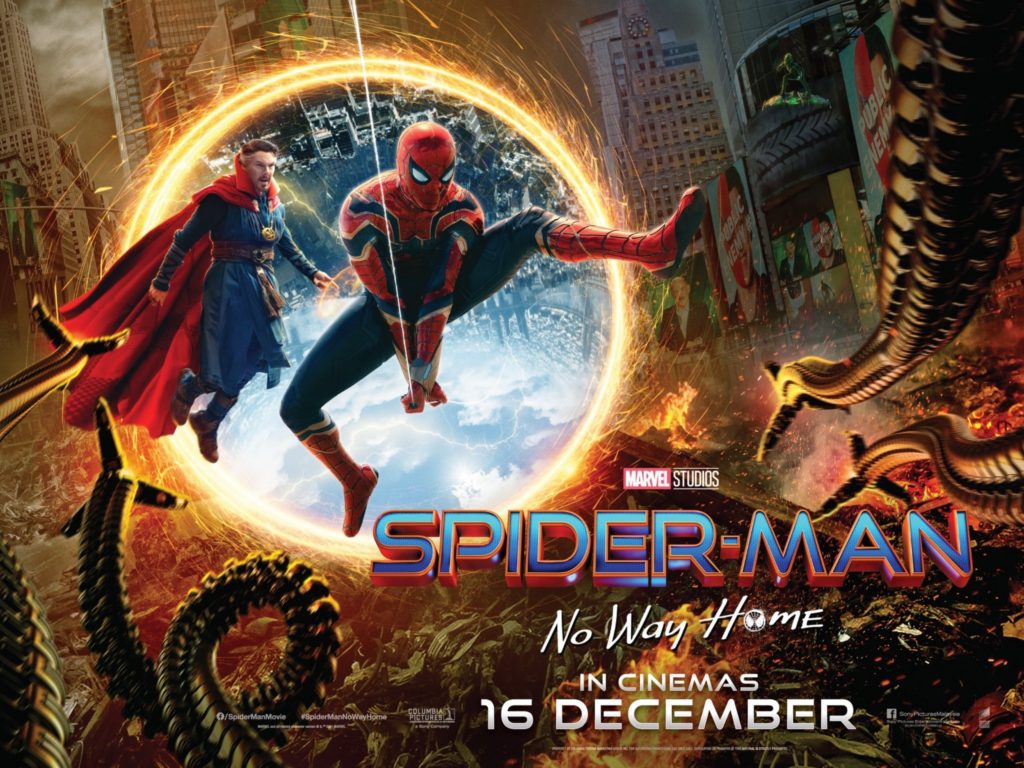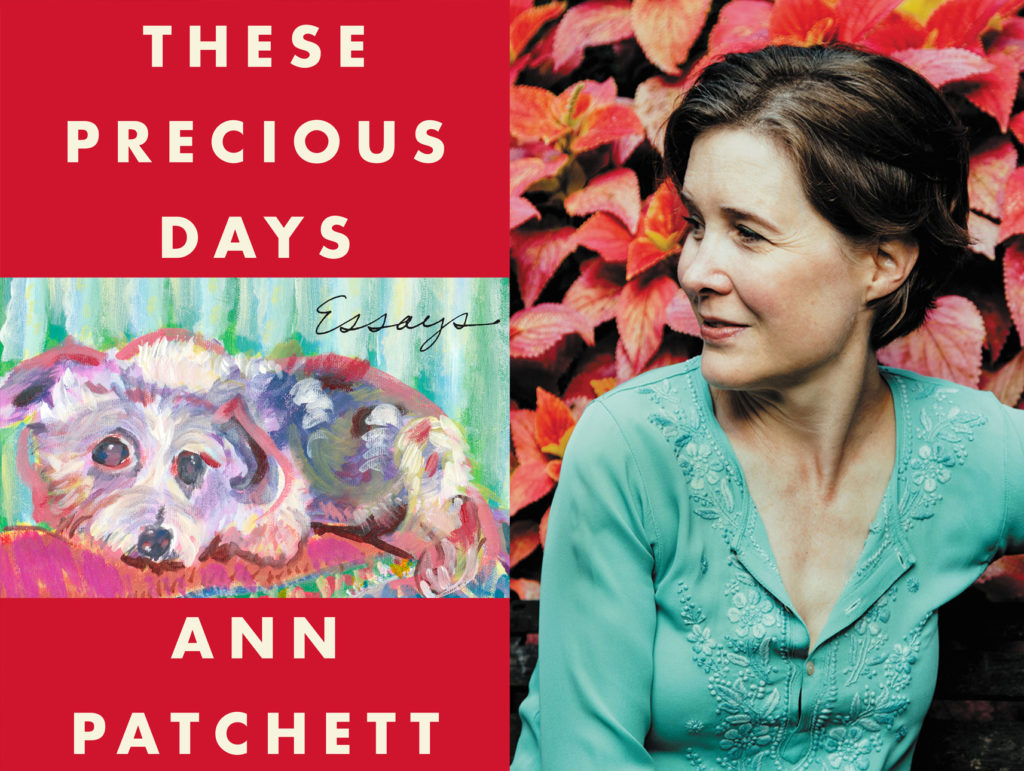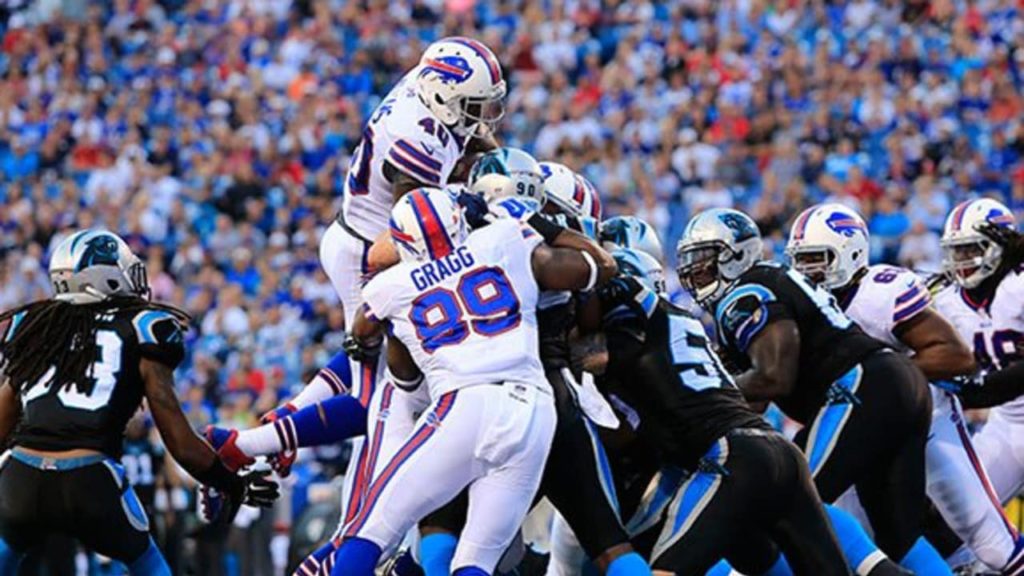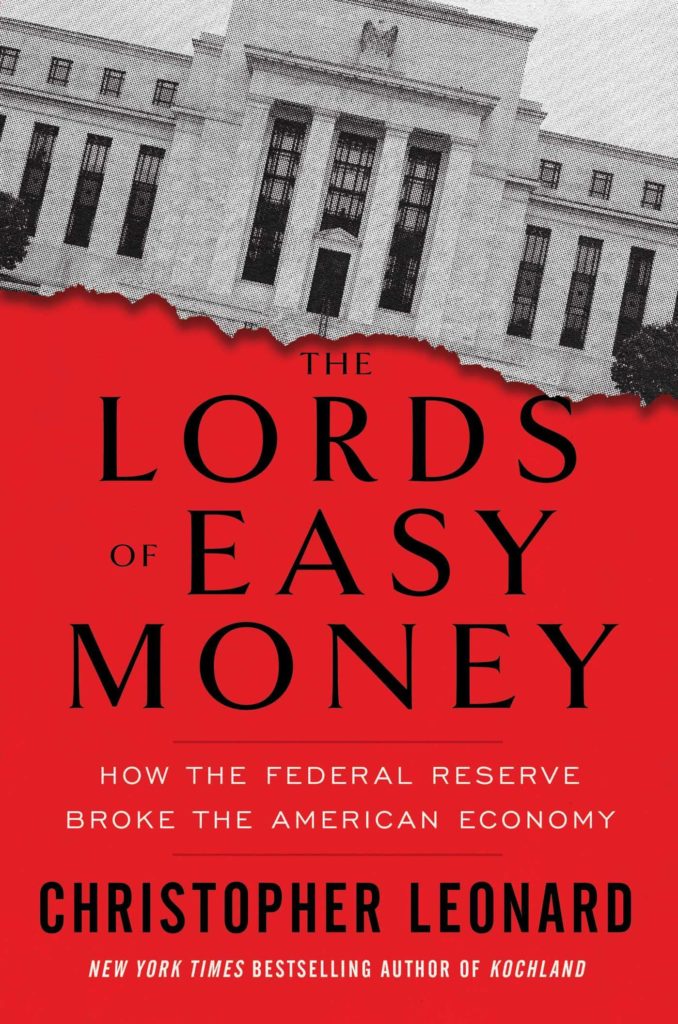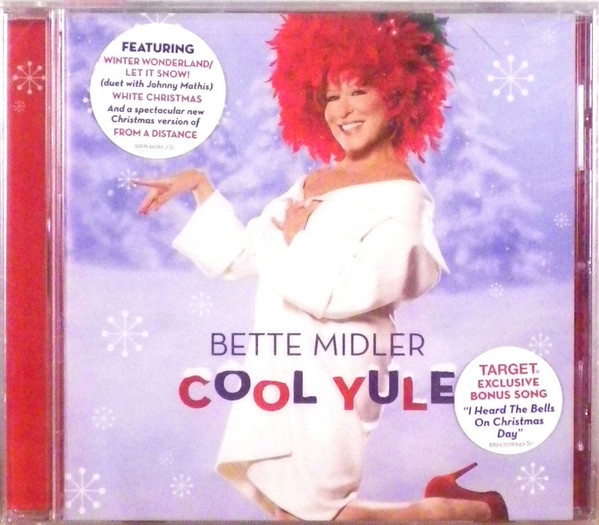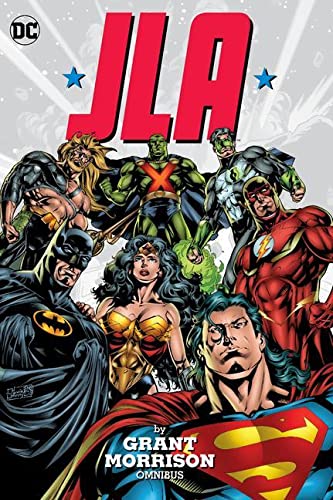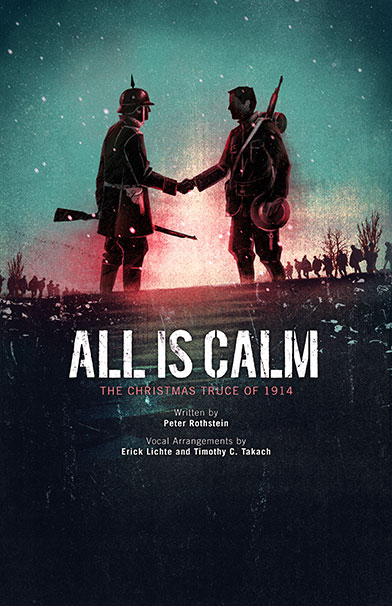I’m always fascinated by the creative process so a book like How to Write a Mystery is a must-read for me. The object of books like this is to give the reader (and potential writer) some tips on how to get started. For example, two of my favorite chapters are “Always Outline!” by Jeffery Deaver and “Never Outline!” by Lee Child. Both successful authors argue their approach–basically a debate about structure–and show how they write novels. Very revealing!
If I was still teaching, I’d give all of my students a copy of Laurie R. King’s “The Art of the Rewrite” before assigning the Research Paper I required each semester.
Louise Penny’s “Building Your Community” shows how a place becomes a character in books. William Kent Krueger elaborates on that aspect in his essay, “Setting.” Max Allan Collins, who has written just about everything, offers “Tie Ins and Continuing a Character.” All in all, How to Write a Mystery presents plenty of writing tips and shares some writing secrets from your favorite mystery writers. Well worth a look! GRADE: A
Table of Contents:
Introduction Lee Child 1
The Rules and Genres
The Rules-and When to Break Them Neil Nyren 5
Carved in stone or gentle suggestions: what are the rules in the mystery genre, why do they matter, and when don’t they matter?
Carolyn Hart 12
Keeping It Thrilling Meg Gardiner 13
Nine things your thriller needs to be lean, mean, and exhilarating.
Beth Amos 22
Insider, Outsider: The Amateur Sleuth Naomi Hirahara 23
The point, and point of view, of your accidental detective.
Lindsey Davis 33
Finding Lou: The Police Procedural Rachel Howzell Hall 34
Are you a cop, or do you just play one on the page?
Linwood Barclay 39
The Mindset of Darkness: Writing Noir Alex Segura 40
It’s about character: the flawed protagonist and letting your characters fail.
Hank Phillippi Ryan 46
Crossing the Genres Charlaine Harris 48
Mixing your mystery with a vampire, a talking cow, or a love interest?
Kate White 51
The Historical Mystery Jacqueline Winspear 52
Time, place, and the past.
Suzanne Chazin 58
The Medical Thriller Tess Gerritsen 59
Playing on the reader’s real-life fears and hunger for insider knowledge.
Gigi Pandian 66
Researching the Spy Thriller Gayle Lynds 67
Or: Why can’t I just make it all up?
Stephanie Kane 75
Other Mysteries
Mysteries for Children: An Introduction Susan Vaught 79
The kids’ mystery, from picture books to YA-expectations and some hints.
C. M. Surrisi 83
Unleash Your Inner Child Chris Grabenstein 84
Middle-grade mysteries: you, too, can become a rock star for ten-year-olds.
Elizabeth Sims 91
The Young Adult Mystery Kelley Armstrong 92
Complex, authentic stories for the young adult-emphasis on adult.
Pat Gallant Weich 101
Graphic Novels Dale W. Berry Gary Phillips 103
The mystery within the panels: your conversation with words and pictures.
Dag Öhrlund 113
The Short Mystery Art Taylor 114
What do the characters (and readers) want in your mystery short story?
Charles Salzberg 121
Ten Stupid Questions about True Crime Daniel Stashower 122
Building a vivid page-turner, out of nothing but facts.
Carole Buggé 129
The Writing
On Style Lyndsay Faye 133
The writer’s voice, or, cooking with cadence, rhythm, and audacity.
Steve Hockensmith 142
Always Outline! Jeffery Deaver 143
The why and the how of planning it out first.
Rob Hart 150
Hallie Ephron 151
Never Outline! Lee Child 152
The argument for spontaneity.
Shelly Frome 156
The Art of the Rewrite Laurie R. King 157
Turning your raw first draft into a clear, compelling story.
Rae Franklin James 164
Leslie Budewitz 165
Plot and the Bones of a Mystery Deborah Crombie 166
Bringing together all the elements of your novel so it stands strong.
Tim Maleeny 172
Robert Lopresti 173
Diversity in Crime Fiction Frankie Y. Bailey 174
Enriching your novel by writing characters, not categories.
Elaine Viets 183
The Protagonist Allison Brennan 184
Your hero: the one we relate to, the one who drives the story.
Stephanie Kay Bendel 191
The Villain of the Piece T. Jefferson Parker 192
Your hero in reverse: the forces that create a vivid villain.
Kris Neri 198
Supporting Characters Craig Johnson 199
The chorus of voices that backs up your protagonist.
Gay Toltl Kinman 204
Writing the Talk Greg Herren 205
Dialogue that sounds true, reveals character, and draws in the reader.
Bradley Harper 212
Stephen Ross 213
Setting William Kent Krueger 214
Your most versatile element: backdrop, player, and the all-pervading sense of place.
Thomas B. Sawyer 222
Humor in Crime Fiction Catriona McPherson 223
Funny mystery, or mystery with fun: why, how, and when to stop?
James W. Ziskin 231
Writing in Partnership Caroline Charles Todd 232
Two writers with one voice: how we learned to collaborate.
Bradley Harper 237
Tie-Ins and Continuing a Character Max Allan Collins 238
Playing in someone else’s sandbox.
Hal Bodner 245
After the Writing
Secrets of a Book Critic Oline H. Cogdill 249
Reviews and reviewers: what to learn from them, and what to ignore.
Marilyn Stasio 257
Self-Publishing Liliana Hart 258
How to flourish as an independently published writer.
Nancy J. Cohen 266
Authors Online Maddee James 267
Building your author identity and reaching out to readers, online.
Mysti Berry 275
Building Your Community Louise Penny 276
It’s the writer, not the book: finding a home in the virtual village.
Bev Vincent 284
Legal Considerations Daniel Steven 285
What every mystery writer needs to know about publishing law.
About the Contributors 291
Contributor Permissions 309
Index 315

